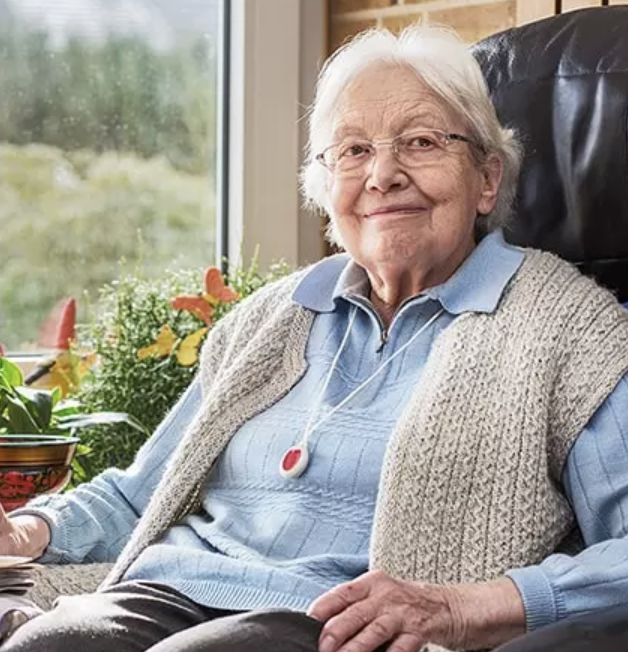
Dupuytren's Contracture is a perplexing condition that affects the palm of the hand, where the connective tissue thickens and tightens over time. This leads to the fingers, typically the ring and little fingers, bending inward, causing discomfort and impaired hand function. In this article, we will delve into what Dupuytren's Contracture is, its causes, symptoms, diagnosis, and available management strategies.
Understanding dupuytren's contracture:
Dupuytren's Contracture is a hand condition that primarily affects the palmar fascia, a layer of tissue beneath the skin in the palm. Over time, this tissue thickens and forms cords, which can contract and pull the fingers into a bent position.
Causes and risk factors:
The exact cause of Dupuytren's Contracture is not well-understood, but several factors are associated with a higher risk of developing this condition, including:
-
Age: Dupuytren's Contracture is more common in older adults.
-
Genetics: A family history of the condition can increase the risk.
-
Gender: Men are more likely to develop Dupuytren's Contracture.
-
Ethnicity: Individuals of Northern European descent are at a higher risk.
Symptoms and diagnosis:
The primary symptom of Dupuytren's Contracture is the gradual bending of one or more fingers, usually the ring and little fingers. This can lead to difficulty in straightening the affected fingers, making tasks such as gripping objects challenging.
Diagnosing Dupuytren's Contracture typically involves a physical examination and a review of the patient's medical history. The healthcare provider may assess the extent of finger contracture and the presence of palpable nodules or cords.
Treatment and management:
Management of Dupuytren's Contracture may include:
-
Watchful waiting: In cases with minimal symptoms, observation may be recommended to monitor the condition's progression.
-
Needle aponeurotomy: This minimally invasive procedure involves using a needle to puncture and divide the cords, allowing the finger to straighten.
-
Collagenase injections: An enzyme injection can help weaken and break down the cords, enabling finger extension.
-
Surgery: Surgical intervention may be necessary for severe contractures.
Treatment Options for Dupuytren's Contracture
| Treatment | Description | Benefits |
|---|---|---|
| Watchful Waiting | Monitoring the condition if symptoms are mild. | Avoids unnecessary intervention if contracture is not severe. |
| Needle Aponeurotomy | Minimally invasive procedure using a needle to break the cords. | Quick recovery time and minimal scarring. |
| Collagenase Injections | Enzyme injection to weaken and dissolve the thickened tissue. | Non-surgical approach with effective finger straightening. |
| Surgery | Open surgery to remove affected tissue and release the contracture. | Best option for severe cases with significant finger bending. |
| Physical Therapy | Hand exercises and stretching to maintain mobility. | Supports post-treatment recovery and function improvement. |
In conclusion, Dupuytren's Contracture is a condition where the connective tissue in the palm thickens and tightens, leading to the bending of the fingers. Understanding its potential causes, symptoms, and available management strategies is crucial for individuals affected by this condition. Timely diagnosis and appropriate care can help individuals with Dupuytren's Contracture manage their hand function and improve their quality of life.
FAQ:
1. What is Dupuytren's Contracture?
Dupuytren's Contracture is a condition that causes thickening and tightening of the connective tissue in the palm, leading to finger contracture.
2. What are the early symptoms of Dupuytren’s Contracture?
The first signs include small lumps or nodules in the palm, which may gradually form thick cords, pulling fingers into a bent position.
3. Who is at risk for developing Dupuytren's Contracture?
Older adults, men, individuals with a family history, and those of Northern European descent are at higher risk.
4. Can Dupuytren’s Contracture be cured?
There is no definitive cure, but treatments like needle aponeurotomy, enzyme injections, and surgery can help improve hand function.
5. What fingers are most commonly affected?
The ring and little fingers are the most frequently affected, though any finger can develop contractures.
6. Is Dupuytren’s Contracture painful?
In most cases, the condition is not painful, but some individuals may experience discomfort or stiffness.
7. When should treatment be considered?
Treatment is recommended when the contracture begins to interfere with daily activities, such as gripping objects or placing the hand flat on a surface.
8. How effective are non-surgical treatments for Dupuytren’s Contracture?
Needle aponeurotomy and collagenase injections are effective for mild to moderate cases, though the condition can sometimes return.
9. Can lifestyle changes help manage Dupuytren's Contracture?
While lifestyle changes cannot prevent the condition, maintaining hand mobility with stretching exercises may help slow progression.
10. What is the recovery time after Dupuytren’s surgery?
Recovery varies, but most patients regain hand function within a few weeks, with physical therapy improving outcomes.
We are here to help you choose a care home or facility best suited to your needs. Do not hesitate to contact us on the following number: 0230 608 0055 or fill out this form.
Do you need a care home for yourself or your loved one?
Share this article :
Latest posts
You are looking for an establishment for your loved one ?
Get availability & prices
Fill in this form and receive
all the essential information
We would like to inform you of the existence of the opposition list for telephone canvassing.

.webp)









